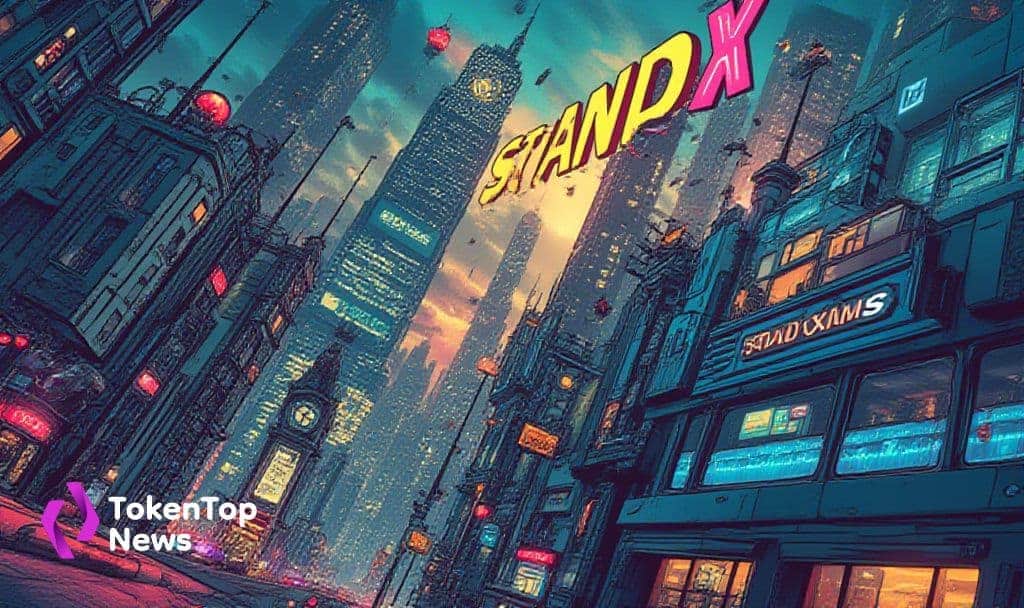StandX Hits $100M TVL, Leading Perpetual DEX Growth
- StandX surpasses $100 million TVL, indicating strong market positioning.
- Proactive compliance enhances investor confidence.
- Significant market effects with increased ETH and stablecoin liquidity.

StandX, a decentralized perpetual contract DEX, reached over $100 million in total value locked by September 2025, establishing itself as a prominent player in the decentralized trading landscape.
This milestone underscores StandX’s technical prowess and regulatory alignment, enhancing its reputation and attracting liquidity, shaping future trends in the DeFi sector.
In late September 2025, StandX achieved a $100 million total value locked (TVL) milestone, significantly elevating its status in the decentralized perpetual contract sector. StandX’s platform benefits from a strategic blend of AMM and order-book models.
The milestone was officially communicated through StandX’s channels, although comments from leadership weren’t prevalent. The rise is partly due to aligning with CFTC guidelines and leveraging automated systems for efficiency.
The rapid increase in TVL showcases confidence from users and liquidity providers. This confidence is illustrated by a substantial inflow of ETH and stablecoins contributing to StandX’s liquidity pools. This surge strengthens StandX’s market stance.
Recent trends highlight a broader impact, including possible competitive shifts among perpetual DEX platforms. StandX’s alignment with evolving regulations, such as the Digital Asset Market Clarity Act, further positions it for sustainable growth in the sector.
StandX’s strategic growth indicates a potential influence on DeFi strategies across the industry. As comparable platforms have exhibited historical governance token valuation spikes, careful monitoring of such market trends is essential for gauging long-term impact.
StandX’s alignment with U.S. regulatory expectations could drive similar approaches across the sector. Historical data underscores how such alignment benefits platforms in securing investment and expanding user bases within compliant frameworks.




